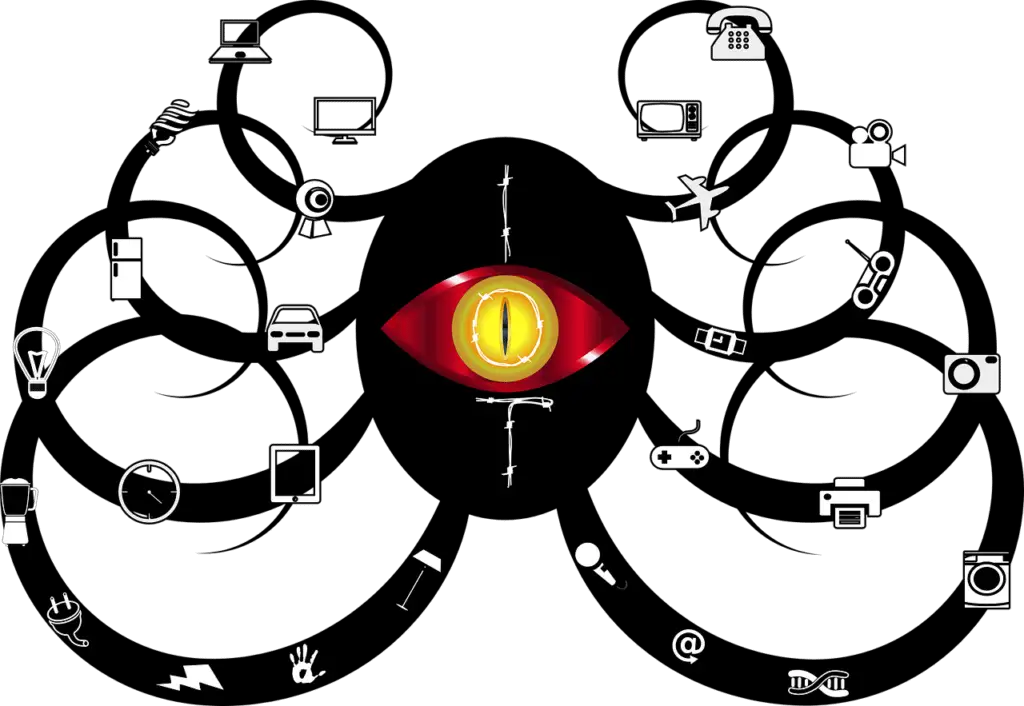
In the ever-evolving landscape of smart home technology, the quest for the ideal automation solution has become a central focus for enthusiasts and homeowners alike.
As homes become smarter and more interconnected, the choice between different automation platforms becomes crucial.
In this blog post, we delve into the dynamic comparison of Automation and Node-RED, two prominent players in the smart home automation arena.
Each boasting its unique set of features and capabilities, the debate over which is the superior choice ignites a fascinating exploration into the world of seamless and intelligent home automation.
Join us as we navigate the intricacies of Automation and Node-RED, aiming to unravel the question: which is truly the best for optimizing your smart home experience?
You can significantly enhance the capabilities of home automation platforms by integrating Node-RED functions to create smart home automation. Most top platforms like Home Assistant enable the inclusion of Node-RED as an add-on.
This article covers how home automation and Node-RED are complementary and how used together, both can help you achieve your home automation goals.
Let’s start by looking at each and then going into more depth on how you can integrate Node-RED with the popular smart home system “Home Assistant.”
Home Automation
If you’re reading about Home Assistant and Node-RED, chances are you’ve already installed basic smart home devices.
Knowing that the number of devices is almost limitless and depends on your level of expertise and budget, most people start with the following:
- Smart speaker: Enables you to use voice commands to control smart home devices. (Think Amazon’s Alexa or Google Assistant.)
- Smart thermostat: Ensure your home’s temperature is in sync with your comings and goings. (Appropriately warmer or cooler when you walk in the front door after a long day at work.)
- Smart lighting: Able to adjust and turn on or off without getting up from your favorite chair. (Or paired with a smart garage door opener so you have light driving inside.)
- Smart locks: Peace of mind knowing doors to the outside are safely secured.
- Video doorbells: Gives you a live video feed of who’s on your porch.
- Security cameras: Installed at strategic places around your home. (And you can pair these with your smart speaker to trigger sounds like dogs barking when you’re not home…)
In addition to the smart devices, you can use, what are the other parts and pieces of home automation? What ties all of these devices together and enables you to use one app or voice control to manage all of them?
Home Automation Components
Home automation systems include one or more smart devices, a hub, and an application to connect and control them.
Here’s a quick overview of what each of the components in a home automation system does:
- Hub: Connects your individual smart home devices and enables communication between you and those devices through a single point of entry or user interface.
- Devices: The home automation components or entities (as mentioned earlier – smart devices to control HVAC, lighting, security, and similar.)
- Application(s) to connect the hub with the devices.
The goal is to have one smart hub system that connects everything such as Samsung SmartThings.
A central smart home controller integrates your smart home devices and enables you to specify custom routines by automating conditions and actions. (Like preparing your home for your arrival at a specified time on a particular day.)
The context for this implementation is a virtual hub that links Wi-Fi devices over the internet.
So, you’ll need a high-speed internet connection and a reliable Wi-Fi router.
And a hardware device to run the implementation on such as Raspberry Pi. Enter one of the best ways to implement a central control system such as Home Assistant.
Home Assistant
According to Fun Tech Projects, Home Assistant is an open-source (free) home automation platform that can monitor and control your smart home devices.
Home Assistant is based on Linux software/virtual appliance technology and built using the Python language.
Addressing concerns around privacy, Home Assistant is designed to provide local control as a “central smart home controller hub.”
No worries about having to understand the internals of Home Assistant – it’s installed as computer appliance software that recognizes your home appliances as “entities.”
Integrating these entities means different services and devices are combined in and accessed from one place.
You can access it via a web-based user interface with apps for both Android and iOS (Apple?) or via voice commands directed to Google Assistant or Amazon Alexa.
The purpose or goal for Home Assistant is to configure all of your smart home devices – including setting up logic functions to control devices and flows (i.e., pulling into the driveway sets in motion a process to turn on lights, open the garage door, etc.)
Home Assistant offers several “out-of-the-box” integrations. Here’s a list of integrations supported by the Home Assistant community from cameras to lawn irrigation. (Here’s an additional list covering a variety of examples for using Home Assistant.)
However, if you start adding even more devices and want to specify automated processes based on the state of those devices (i.e., garage door security light is triggered), then that’s where Node-RED comes in.
Node-RED
Node-RED was originally developed by IBM to bring together the parts and pieces of the IoT (hardware devices, APIs, services…) Node-RED is a JavaScript-based visual programming tool that really ups the game for creating smart home automation.
While Home Assistant uses their interface or YAML to create automation, Node-RED provides a visual and flexible programming environment that enables you to expand connectivity to third-party services not available with Home Assistant.
As a browser-based editor, Node-RED enables you to use logical operators (if/then/else along with and/or) to specify the circumstances for triggering home automation devices.
For example, you could create a “workday morning flow” specifying when bedroom and bathroom lights are gently illuminated, your coffee pot turned on, and similar.
How Do You Integrate Node-RED with Home Assistant?

A recent article for Home Assistant, notes that using these applications together does offer the best of both worlds for your home automation needs.
The article likens Home Assistant as the “nervous system” of your home, where all devices and their states are stored and connected.
Home Assistant also has a web interface that can be used as the central dashboard for your home automation.
Node-RED is equivalent to the brain of your home automation.
It uses the Home Assistant information, listens for events, and triggers automation via calls back to Home Assistant.
Node-RED easily enables countless custom connections and actions enabling you to set up almost any kind of automation.
For example, the Node-RED “Inject Node” enables you to run automation on a schedule (back to that workday note – do these things every weekday at 3:00 pm.)
Steps in Integrating Node-RED with Home Assistant
Once you’ve installed Home Assistant you can begin installing add-ons.
Here’s a quick overview based on how to install and set up Node-RED:
- Step 1: In the Home Assistant UI, go to the Supervisor and then Dashboard tabs.
- Step 2: Select and install the Node-RED add-on.
- Set up appropriate credentials in Node-RED
- Step 3: Integrate Node-RED with Home Assistant (i.e., up to this point, Node-RED exists as a standalone application.)
- Step 4: Move custom Node-RED directories and files to your PC (a Raspberry Pi, for example)
- Step 5: Connect Node-RED sensors and switches to be accessed by Home Assistant.
- Step 6: Modify the Home Assistant Overview dashboard to include Node-RED.
Installation and integration information is available via the Home Assistant Community Store and there are several sites, such as this one on GitHub that explain the process in detail.
Node-RED and Home Assistant Resources
This article has helped you get started with home automation using Home Assistant with Node-RED.
There are many online resources to help you understand Node-RED integration.
This excellent resource includes links to the following YouTube channel to help you get started integrating Node-RED and Home Assistant:
Here’s a great room-by-room guide to home automation. And finally, several Node-RED flow examples.
You can build an incredible home automation system by using both Home Assistant and Node-RED – here’s to your next home automation adventure!
